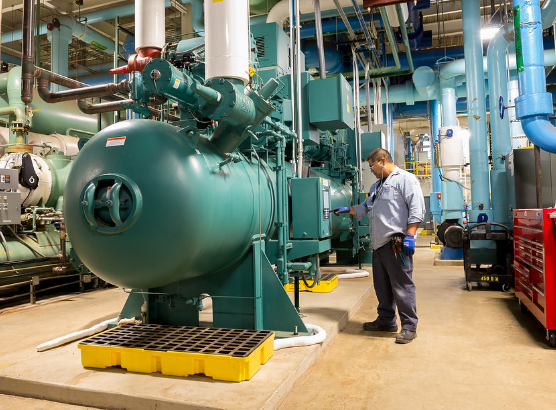Preventive and predictive maintenance are two fundamentally different approaches to keeping equipment in a manufacturing operation running properly.
Preventive maintenance (PM) is a well-established strategy based on the idea of performing maintenance on all equipment at regular time intervals. Intervals vary depending on run time, the age of the machine and other factors. At its core, PM is a calendar-driven system.
Predictive maintenance (PdM) is a newer strategy that is proactive and diagnostic in nature. Rather than maintaining all equipment on a schedule — whether it needs it or not — PdM uses data collected on individual equipment assets to trigger maintenance attention only when it is needed. PdM is more efficient in terms of deploying maintenance resources, but is more expensive to implement than a traditional PM system.
If you are starting a manufacturing business, developing a maintenance strategy for your manufacturing operation, or contemplating a change from PM to PdM, the accompanying resource should help you make good decisions. It discusses the need for one or the other system — either is far superior to a run-to-fail strategy — and goes on to describe some of the important differences between the two.
Implementing a PdM strategy is getting easier all the time. A growing number of Internet of Things (IoT) technologies are available to connect equipment and facilitate the capture, reporting and analysis of asset performance data and external data (such as temperature) that impact machine condition. With the ability to collect granular, relevant data comes the ability to better predict when a machine will fail and what specific maintenance steps are needed to be taken now to prevent or delay that failure. This all adds up to greater efficiency and uptime.
On the other hand, as the resource points out, PdM is far from a magic bullet for erasing unplanned downtime. Depending on your starting point, the barriers to entry for a PdM system could be quite high. Not only will a manufacturer need to use sophisticated and tightly integrated technology platforms, it will also need to retrain personnel and change the maintenance staff’s fundamental way of looking at equipment maintenance. Organizations that have relatively deep pockets, the ability to manage complex digital technologies, and a culture of change are excellent candidates for PdM — provided the benefits (which can be measured) outweigh the costs of implementation.
For more on preventive versus predictive maintenance, please review the featured infographic below. Courtesy of Industrial Service Solutions.




